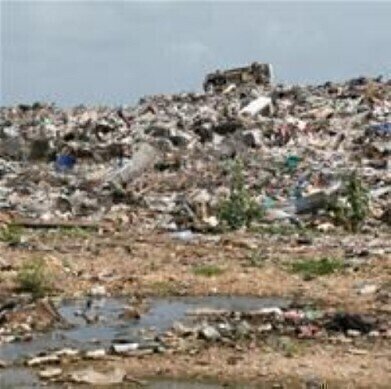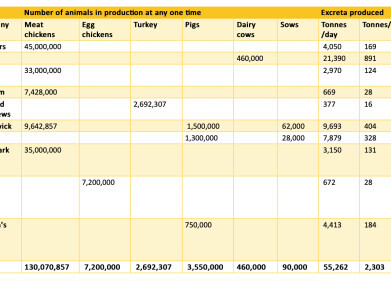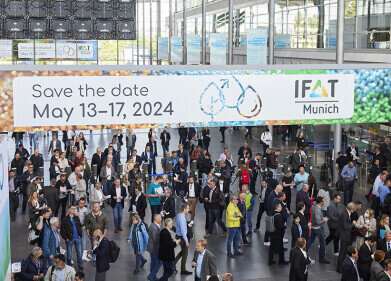-
 Landfills could become a thing of the past
Landfills could become a thing of the past
Waste Management
New development in technology creates fuel from hazardous waste
May 01 2013
A new technology can create clean renewable fuel by vaporising hazardous waste. Plasma gasification is based upon traditional gasification technology, which has a long industrial history. Gasification has long been used to refine biomass and coal into fuels. However plasma gasification uses plasma torches instead of furnaces, creating a more intense heat whilst being simpler to operate.
Plasma gasification enables landfill waste to be sorted - in order to extract recyclable components - and converted into fuels. This technology could create a zero-waste system whilst producing renewable fuels for energy production.
Plasma arc technology has been used as a treatment for hazardous waste for years. It turns the waste into non-hazardous slag, allowing it to be stored safely or used for construction purposes. The high temperature and the ability to convert carbon-based materials into fuel - a gas called syngas - and non-carbon-based materials into slag, means that this process has great potential. The syngas can be used as it is further refined to create high-grade fuels. It is made up of carbon monoxide and hydrogen.
The plasma gasification process allows a range of feed inputs - hazardous waste, plant matter and coal included. Once the recyclables are sorted these inputs are then subjected to high levels of heat from the plasma torches inside an air-controlled, sealed reactor. The inorganic materials melt off in this part of the process to form the slag, whilst the carbon-based materials become gases.
The heat level destroys all poisons, toxins and hazards that were formerly present in the materials. The gases are then scrubbed of impurities to create clean fuel and all heat is recycled straight back into the system. The fuel can then be used for electricity production, as hydrogen, chemicals or polymers - whilst the slag is cooled and tightly bound ready for storage.
This process allows several different products to be created in one facility, whilst also disposing of hazardous and landfill wastes. This could reduce the number of landfills - also leading to a reduction in the amount of methane leaking into the atmosphere - whilst increasing the amount of materials that are recycled. The process itself is also cleaner for the environment than simply incinerating waste products.
Events
May 13 2024 Munich, Germany
May 23 2024 Beijing, China
May 23 2024 Beijing, China
Jun 10 2024 Algiers, Algeria
Jun 10 2024 Frankfurt, Germany












